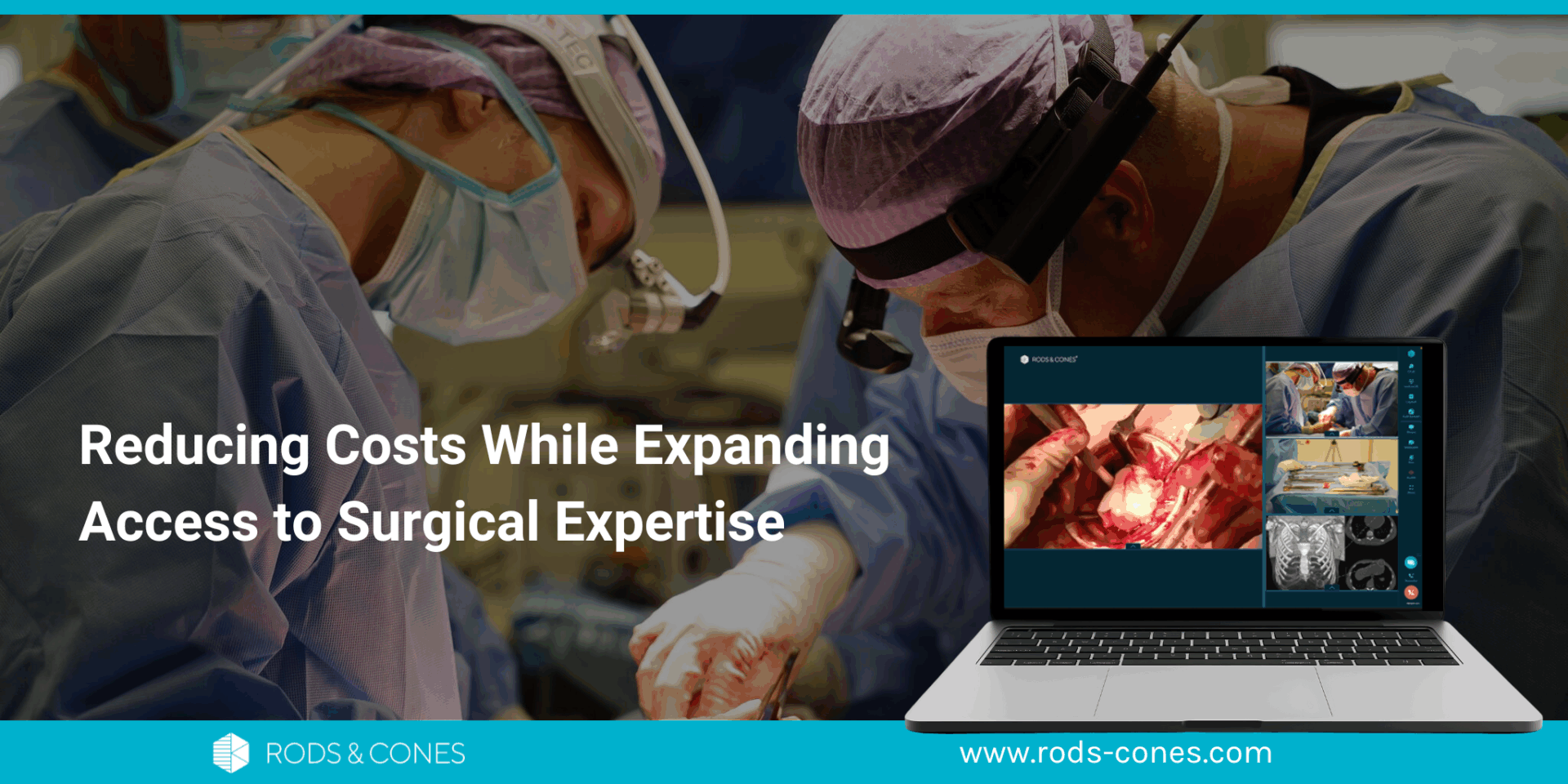Hospitals today face a growing challenge: how to expand access to surgical expertise while keeping operational costs under control.
In-person training, mentoring, and surgical support often require significant resources — from expert travel to time away from other responsibilities. As surgical departments grow and healthcare systems span more locations, the traditional models aren’t always scalable.
That’s where remote surgical collaboration offers a smarter, more cost-effective solution.
The Pressure to Do More with Less
Whether it’s for training, proctoring, or procedural guidance, getting the right expert in the right place at the right time isn’t always feasible.
Hospitals and health systems are asking:
• How can we offer high-quality support across multiple sites?
• Can we reduce the cost and environmental impact of surgical travel?
• How do we scale training without compromising standards?
These questions are more urgent than ever — and the solution doesn’t have to involve more travel, delays, or overhead.
A More Scalable Model for Surgical Support
Rods&Cones provides a secure, flexible solution that connects surgical teams in the OR with experts and support professionals anywhere in the world.
Through a combination of wearable devices, external video inputs, and a real-time communication platform, remote experts can:
Cost-Efficient, Environmentally Smarter
Hospitals using Rods&Cones have already seen benefits such as:
Why More Healthcare Leaders Are Making the Shift
Remote surgical collaboration helps decision-makers:
• Improve access to knowledge and support
• Scale training programs with fewer resources
• Increase procedural readiness across multiple sites
• Reduce logistical and financial barriers to care
It’s not just about technology — it’s about building a smarter, more connected surgical environment.




